Star Trek Episode That Aged Best Makes Less Sense Than Ever
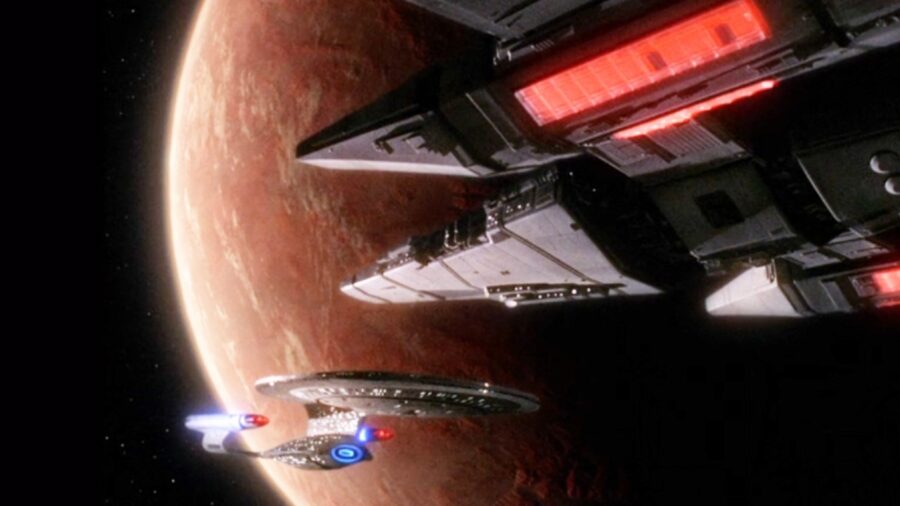
The Star Trek: The Next Generation episode “Darmok” is famously about an alien culture that only communicates in metaphors, and much of its drama comes from Picard trying to communicate with one of these aliens while both their lives are on the line. In recent years, many fans have pointed out that most of us now communicate using memes as metaphors, meaning we have become more like these aliens than ever before. In that sense, the episode has aged well, but here’s the thing: the more you think about the language and culture in “Darmok,” the less any of it makes sense.
No Room For New Stories
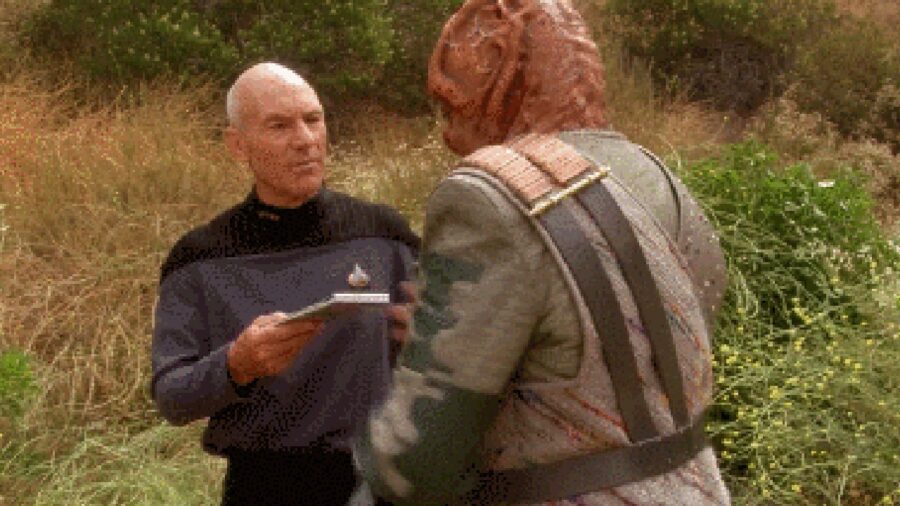
The first and most obvious problem with “Darmok” is that the metaphors all seem to be tied to past events and past stories. But how would anyone convey some kind of brand-new discovery or knowledge by only using the clumsy metaphors of the past? The Tamarian captain reassures Picard that his time with the deceased Dathon will be recorded as “Picard and Dathon at El-Adrel,” but how would even the most gifted storyteller weave a new story when he can only use old stories as his fabric?
How Do You Communicate Quickly?
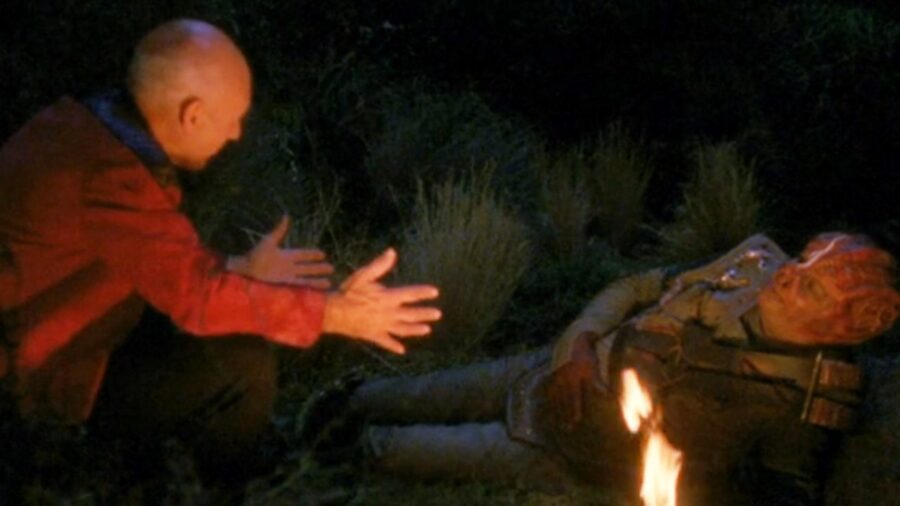
Another major problem with the communication in “Darmok” is that it seems designed to describe situations that are both very complex and slightly abstract. This is why Picard is able to eventually communicate with Dathon by telling him the Epic of Gilgamesh: the alien is able to connect their current struggles with the fictional ones Picard has been telling him about. However, when it comes to giving the most basic commands onboard a ship (like raising the shields or opening fire), such a language wouldn’t work because the ship would be free-floating particles well before the captain could finish giving his first command via metaphor.
How Do You Accomplish Complex Tasks?
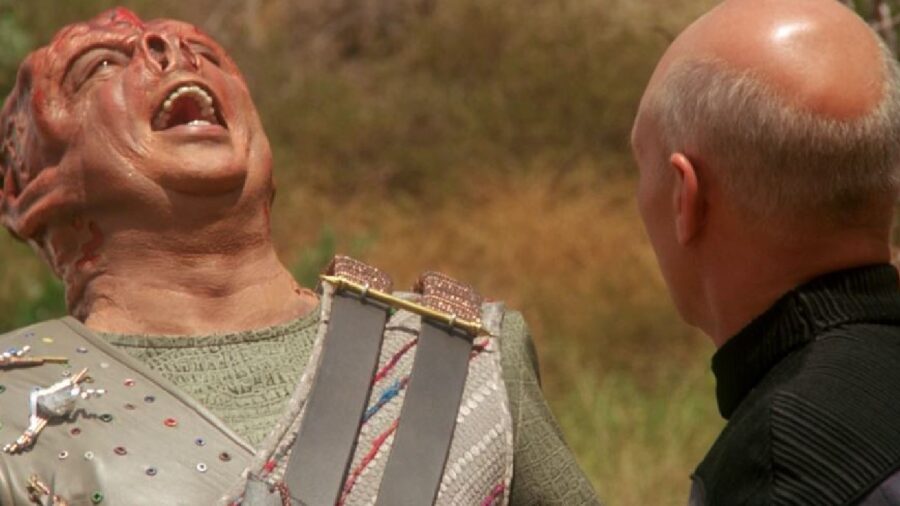
Taking that idea to the next level, another crucial problem with the alien culture in “Darmok” is that their metaphorical communication style would make it impossible to give the specific steps needed to fabricate buildings or assemble starships. Again, stories with a common culture are a great way for those from different walks of life to learn more about one another, but they don’t really work as a way to convey step-by-step directions or highly technical blueprints.
Just ask yourself: would you want to spend much time on the top floor of a building that was assembled by people solely communicating by reading the appendices of the Lord of the Rings novel Return of the King?
How Do They Construct Metaphors?
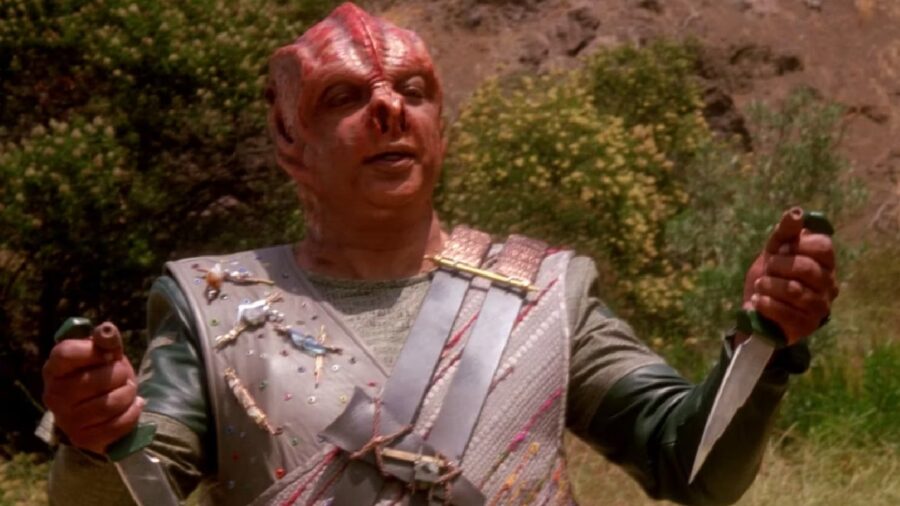
There’s also the lingering question of how–if if the Tamarians of “Darmok” only speak in metaphors–they learn the individual words needed to construct those metaphors.
For example, if a Tamarian says, “Temba, his arms wide,” they are communicating that they want to give you something. Presumably, in the some ancient Tamarian story at a crucial moment, someone named Temba gave someone else something important.
But how do they know the word “arms” (or the Tamarian equivalent) independent of the Temba metaphor–which they would need to know in order to say it? How do they know the word “wide” independent of the metaphor?
And if they do know the meanings of these individual words when they’re not being used in metaphors, then why would it be so difficult to communicate with other species? They’re portrayed as advanced, intelligent people–how long can it take to figure out not everyone in the universe knows who Temba or Darmok are?
Criticism Doesn’t Mean Condemnation
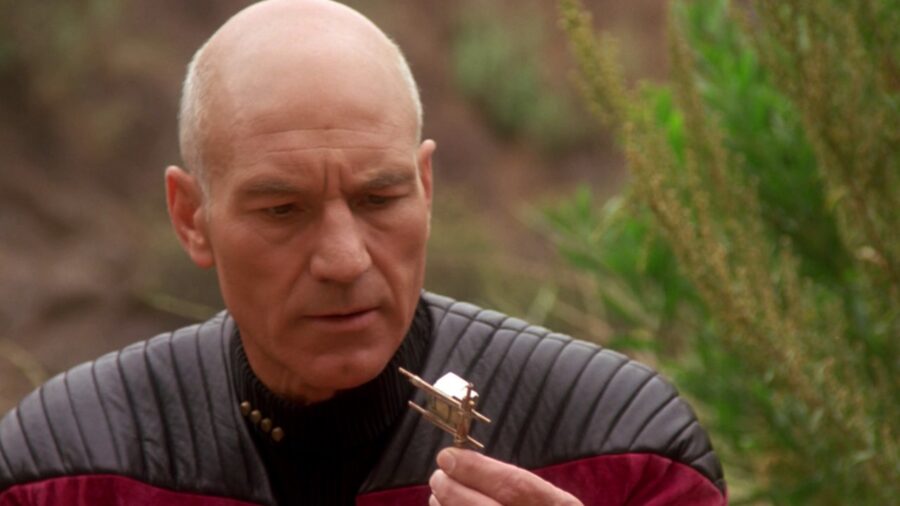
Hopefully, none of this sounds like we’re being too hard on “Darmok”…it remains one of the best episodes of Star Trek: The Next Generation and fully captures the franchise spirit of humanity learning and improving via contact with alien cultures. But that doesn’t change the fact that the very idea of a society communicating exclusively by metaphor falls apart the moment you begin to scrutinize the finer details. Fortunately, we’re not losing much sleep over the matter, and we hope the Tamarians will record our story as “GFR and Paramount at Just Enjoying the Show.”











